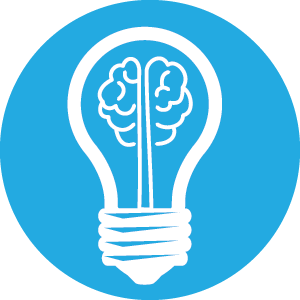Science of Learning
Browse more Science of Learning resources

Explore self-regulated learning strategies that and encourage students to take control of their learning and improve academic success.
Self-Regulated learners are students who actively take control of their own learning by setting goals, monitoring their progress, and adjusting the strategies used during the learning process to achieve academic success. These learners understand how learning works and consistently apply the habits of self-regulated learners, essential to success in college and beyond (Nilson, 2013).
Instructors can intentionally support self-regulated learning by embedding strategies in their courses that deepen engagement with the content, develop intrinsic motivation, and encourage persistence. These approaches help students become reflective, autonomous, lifelong learners which ultimately enhances academic performance, critical thinking, and resilience in the face of challenges.
Brooks, C., Carroll, A., Gillies, R. M., and Hattie, J. (2019). A matrix of feedback for learning. Australian Journal of Teacher Education (Online), 44(4), 14-32.
The Iris Center. (November 13, 2013). Self-regulated strategy development (SRSD): A framework for teaching instructional strategies. [Video]. Vanderbilt University. Available at https://iris.peabody.vanderbilt.edu/interview/self-regulated-strategy-development-srsd-a-framework-for-teaching-instructional-strategies/.
Nilson, L. B. (2013). Creating self-regulated learners: Strategies to strengthen students’ self-awareness and learning skills . Stylus Publishing, LLC.
Written by Dana Karraker, Assistant Director for Educational Development Programs, Center for Integrated Professional Development. Last updated 10/21/2025